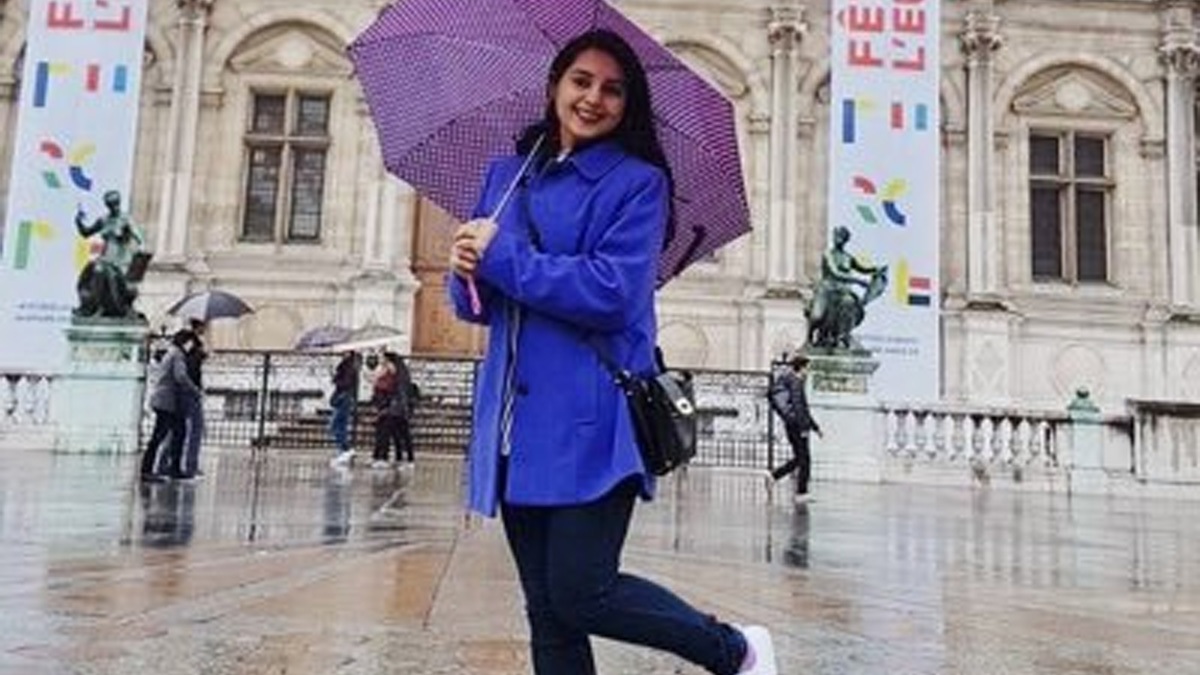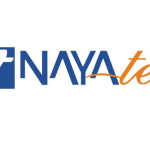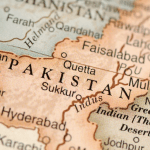
Short Film about Torture
In a short film about torture that she and Anya Raza co-produced, Yumna Rizvi asserts, “Torture does not always leave physical marks. However, the victim is still affected by it for the rest of their lives.”
In the short film Still Here, the path from trauma to recovery is shown. It was motivated by the clients of the US Center for Victims of Torture (CVT), who were torture survivors who were seeking asylum or refuge from all over the world. The Guantánamo Bay jail has been open for many years, but CVT has long called for accountability for US torture and its closure.
The two filmmakers are of the opinion that survivors can “create new, positive memories and live productive lives” through multidisciplinary therapy.
Sufferer Painting his Canvas
As a result, the opening scene of the movie shows the sufferer painting his canvas with light blue hues that mimic water.
The short film Still Here shows a person’s recovery from trauma.
“I adored swimming. I felt liberated after it. The victim, who was shown drowning in the video, said, “I crossed the water to come here. It was night. Never did I anticipate it.”
Read More | Most Streamed Spotify Artist in Pakistan
Read More | “Mera dil ye pukare aaja” girl, did she really earn 2 crores?
Although it is never mentioned, it appears that the victim was one of the fortunate immigrants who managed to travel to Europe by boat.
UN Report About Sea Migrants
According to a UN report published earlier this year, “deaths at sea on migrant routes to Europe practically quadruple, year on year.” According to the UNHCR, more than 3,000 individuals perished or went missing last year while attempting to traverse the Mediterranean and the Atlantic. A total of 1,924 persons lost their lives or went missing on the routes via the Central and Western Mediterranean in 2021, while 1,153 more did so on the routes through Northwest Africa to the Canary Islands.
“At one point, I was thirsty. I was drowning the next moment. And they looked on.” The “Still Here” survivor claimed that they wouldn’t stop.
The UN study noted that “the majority of water crossings took place in crowded, unseaworthy, inflatable boats—many of which crashed or were deflated, leading to the loss of life.”
Thoughts of the Victims
“I didn’t even notice the water. It was all I could feel. Cold. Wet. Overwhelming. I feel like I’m still drowning on some days. pushed to their limits,” the victim claimed.
This was also a covert allusion to the waterboarding techniques used at the US prison camp at Guantanamo Bay in Cuba, where detainees were frequently tortured in order to obtain information.
UN Convention Against Torture
The United States and Pakistan are both parties to the UN Convention Against Torture, which forbids torture, although both countries permit it in their jails.
Verifiable data on the use of torture at Guantanamo was never made public, but James Mitchell, one of the architects of the CIA’s torture programme, said during a court proceeding in 2020 that the tactics used had crossed the line and nearly violated the law.




